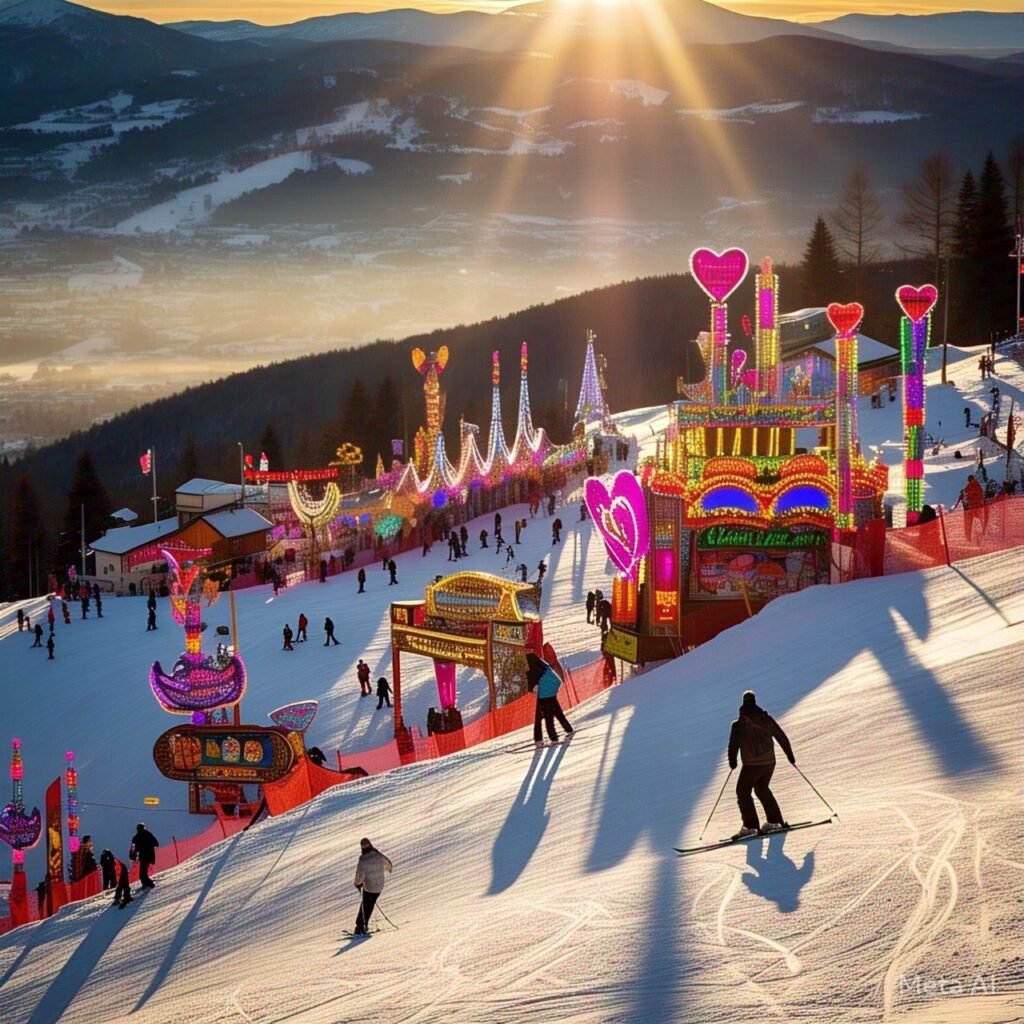
One of my favorite months to visit Europe is February. Although the weather isn’t always predictable, there are plenty of fantastic events planned all around the continent. It can be difficult to narrow down the list of the top February travel destinations in Europe, from the long-standing customs of February’s vibrant carnival celebrations and the romantic appeal of Valentine’s Day overseas to the Arctic’s ski slopes piled high with fresh powder and northern lights adventures.
Nevertheless, there are a few warm destinations in Europe in February if you wish to try to get away from the chilly, dreary, and depressing days back home. The middle of February is also a popular time to visit some of Europe’s most family-friendly vacation spots during the half-term break. As an added bonus, there are typically many of discounts available during the off-season, away from these important occasions.
I’ve divided this post into five areas to help you organize your February travel plans around Europe: ski and snow, winter sun, romantic getaways, cultural city breaks, and unusual celebrations. In order to make your well-timed trip especially memorable, I have also steered clear of clichéd advice like “go to London because it’s less busy” and instead concentrated on places that have something special happening in February.
Top European locations for adventure, skiing, snow, and aurora in February 2025

Although skiing isn’t the only sport accessible in February, the ideal European vacations for those who enjoy fresh powder take place on the pistes. In the northern winters, there are plenty of opportunities for snowshoeing, chasing the northern lights, and Arctic adventures.
The Alps of France

Unquestionably the most famous ski resort in the world, France is the best spot to find top-notch pistes and après-ski. With over 150 ski and winter sports destinations, the Auvergne-Rhône-Alpe offers something for everyone. From the most opulent and luxurious establishments with easy access to some of the best ski runs in Les 3 Vallées to more reasonably priced ski passes in Le Semnoz.
Because they are quick and simple to get to—either by packing everyone into a car and driving over the Channel Tunnel, or by taking a quick trip to Chambéry, Grenoble, or Lyon—the slopes of France make a fantastic February half-term destination. There are plenty of family-friendly ski resorts, with businesses like Sno offering packages and lodges that are appropriate for kids of all ages. Kids’ clubs, teen ski schools, or even creches and child care are available at certain chalets and resorts.
Another of Europe’s top February events takes place near the posh resort of Courchevel, where the Pyrotechnic Arts Festival (weekly, dates still TBC for 2025) lights up the sky with pyrotechnics and torchlit evenings.
Norway’s Nordland
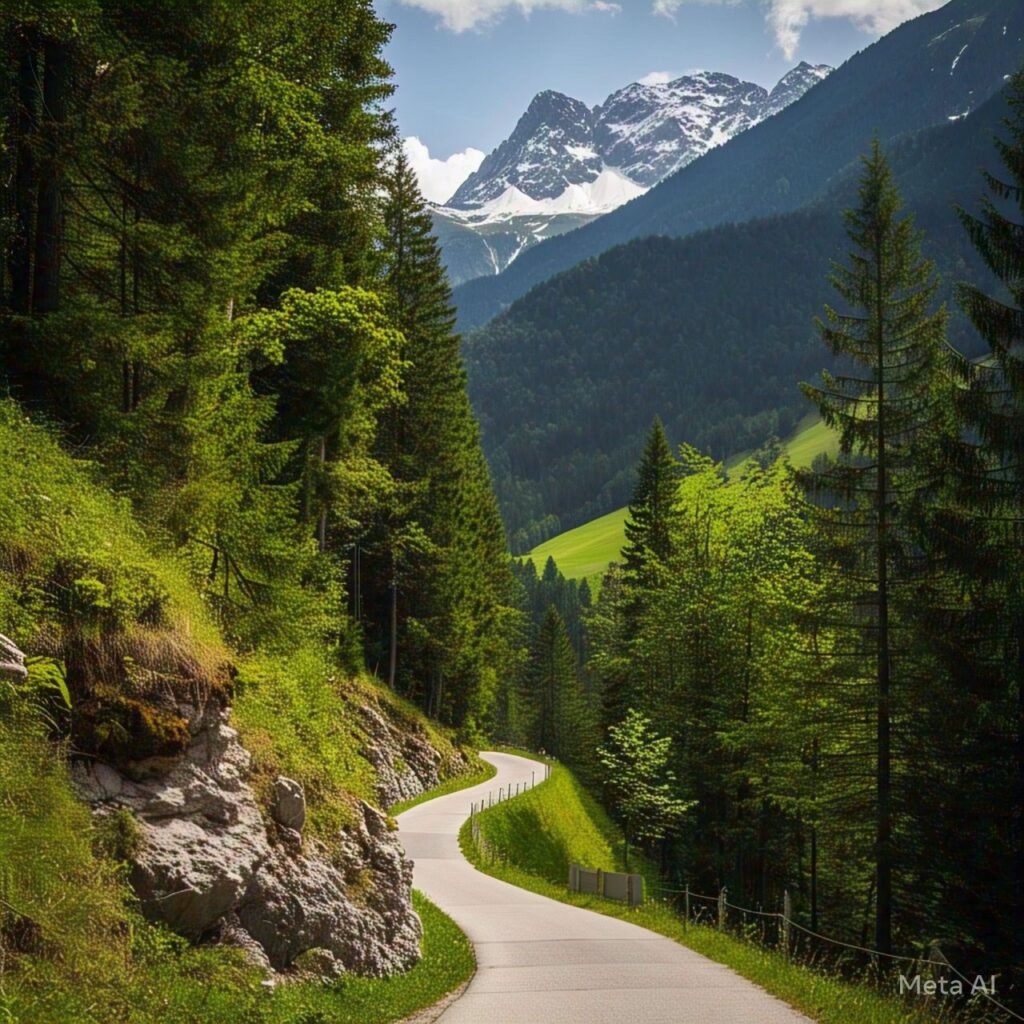
Perhaps the most well-known feature of Nordland, Norway’s least populous region, is the iconic Lofoten Islands. In February, when snow covers the striking peaks and Rorbu cabins—traditional fishing huts—bring a pop of color, the view is breathtaking. With ski resorts in Narvik and snowshoeing in the Arctic—part of Lapland is also inside Nordland’s borders—the country’s north offers a plethora of additional winter snow activities. The Nordland Travel Pass will enable you to travel throughout the entire region without a car, and some of Norway’s greatest long-distance train trips leave and arrive from here.
However, there are a few more factors that make Norway one of the top destinations in Europe for winter 2025 travel. First off, the 12-year Solar Cycle is expected to peak in 2024/2025, which means that the sky should regularly put on a good show as long as there is a clear evening. In fact, we have even witnessed the northern lights, or aurora borealis, in southern Europe in recent years. This means that the northern lights will be especially impressive this winter.
Second, the isolated city of Bodø was named one of the EU Capitals of Culture 2024, the first time an Arctic city has received the honor. Even though the year-long Bodø2024 cultural events program will be over, the city will still be feeling the effects of the publicity.
Austria’s Tyrol
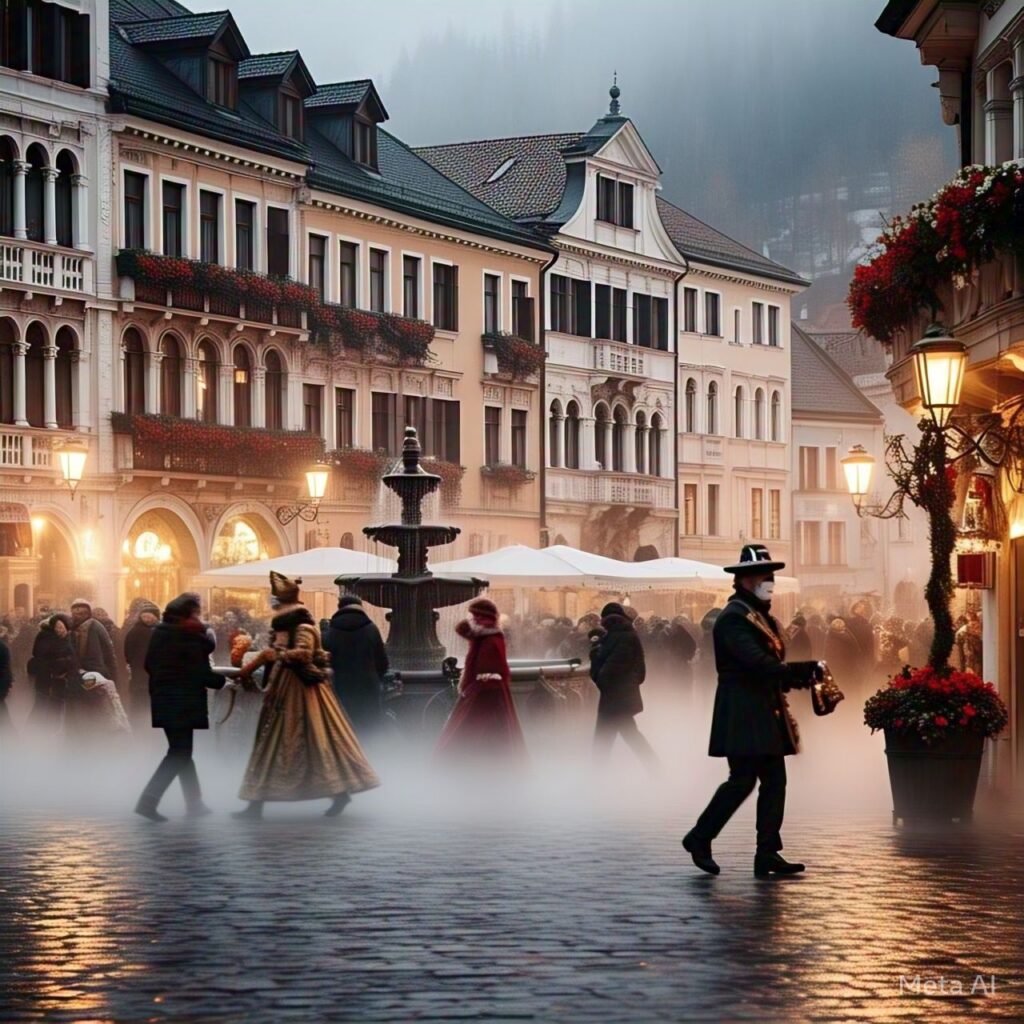
Winter comes to life in the Austrian Alps, and February is a great time to travel to this picturesque and hilly area, where skiing and snow adventures are among the top activities in Austria. This region of Austria is home to a vast diversity of ski resorts, from well-known slopes near Ischgl and Serfaus to more accessible runs at Kitzbühel. There are lots of sledging options for the younger ones, and cross-country skiing is also an option.
Fresh snow isn’t the only thing that makes February charming; the Tyrol region is rich in customs and history. Carnival season, which occurs in February in several European nations, brings color to the usually white surroundings.Most towns host the Tirolean Carnival parades, where you can anticipate a lot of traditional attire in addition to wooden masks and witch costumes. Only every three or four years do some of Tyrol’s biggest carnival activities take place. Schleicherlaufen, one of the most significant masked parades in the Alps and one that is listed on UNESCO’s list of Intangible Cultural Heritage of Humanity, takes place in Telfs on February 2nd, 2025. The next Imst Schemenlaufen will take place in 2026. It’s worthwhile to try to attend if you’re in Austria in February, as these festivities only take place every four years.
Consider spending a long weekend in Innsbruck if you’re looking for a quick and easy vacation. Because of its closeness to the slopes, this city is among the greatest in Europe for a ski vacation in February. Its museums and cultural sites will keep you busy for at least a day. You’re also in a good position to go on some strenuous snow-covered hikes in Karwendel Nature Park from Innsbruck.
Where to go for Valentine’s Day in February in Europe
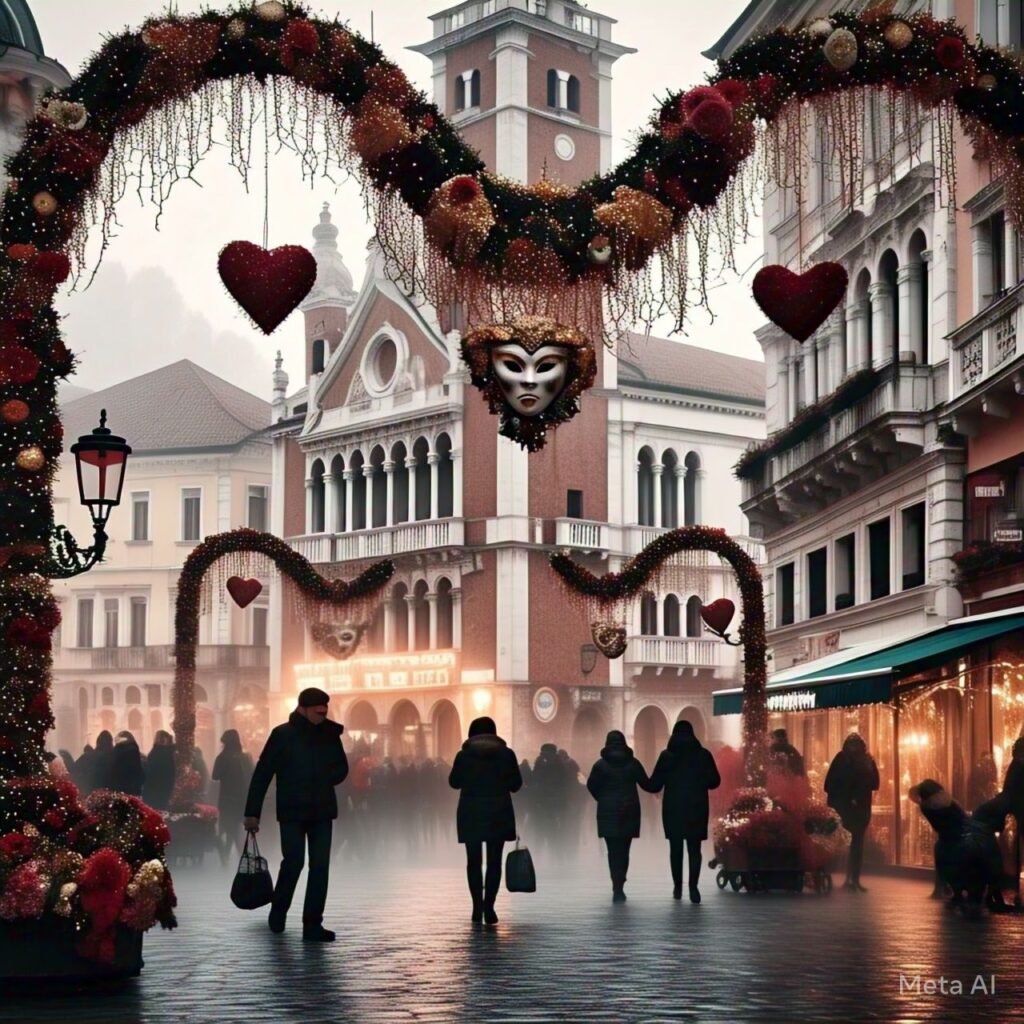
Valentine’s Day falls on a Friday in 2025, making it the ideal time for a romantic weekend getaway. Nothing beats a city break over a weekend, though. Paris, Florence, or Prague are just a few of the more romanticized towns on the continent from which to choose. Alternatively, you might schedule your Valentine’s Day trip to Europe in February around one of these fantastic yearly celebrations.
France’s Côte d’Azur

Although Paris is perhaps the most apparent destination in France for a Valentine’s Day holiday, a luxurious trip to the French Riviera would be the ideal option if you want to extend your romantic getaway into a week-long vacation.
Monaco, one of Europe’s smallest nations, is well-known for its glitz, film festivals, charming pastel-colored homes, and a wealth of upscale dining options and secluded romantic retreats along the coast. However, February is when some of France’s greatest events take place in the south, so I strongly advise you to plan your trip to the Côte d’Azur around one of these to make it even more memorable.
The most well-known is perhaps the Nice Carnival (15 February to 2 March 2025), one of the largest in the world, where this posh beach town comes alive with flower fights, parades (the illuminated nighttime procession is especially amazing), and general celebration. The Fête du Citron, a large annual celebration, is also held on the same dates in the impossibly beautiful town of Menton, which is nearer the Italian border. The colors and flavors of citrus fruits serve as the backdrop for parades, artisan shops, and local produce tasting at this colorful and almost fantastical Lemon Festival. Last but not least, there is the brief but charming Fête du Mimosa (12–16 February), which is centered around the locals’ favorite Mimosa trees blossoming on Valentine’s Day.
Italy’s Venice
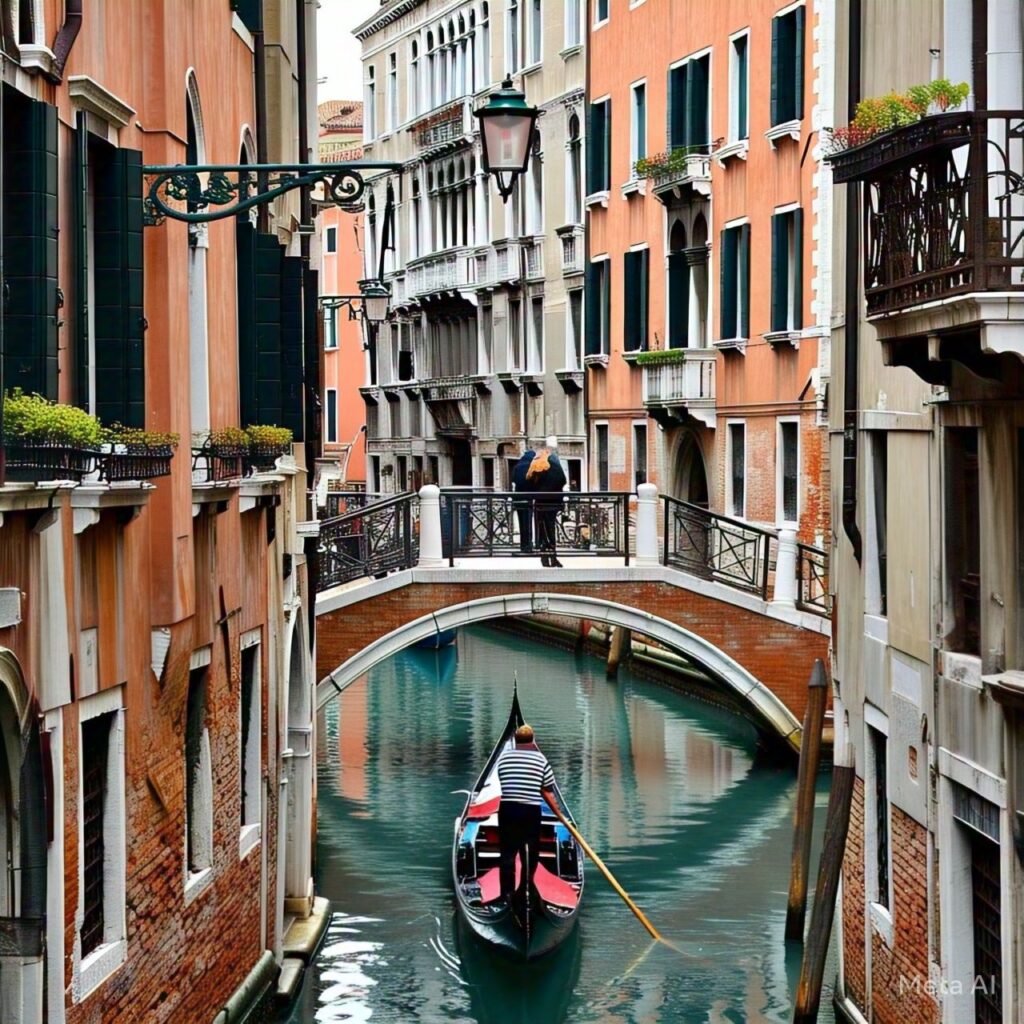
Venice is undoubtedly one of the greatest destinations for Valentine’s Day travel, and it’s also one of the most obvious options for a romantic city getaway. However, I’m thinking about the enchantment of one of the best carnivals in the world. Regretfully, the Venice Carnival begins a week later this year (February 22–March 4, 2025), but that’s a great excuse to put off your amorous Valentine’s weekend.
One of the world’s greatest festivals, Venice Carnival dates back to the 12th century (though some reports claim it was unofficially founded around 200 years earlier). It is full of color, glam, debauchery, and secrets, many of which are hidden behind the famous Venetian masks, which are also from the Middle Ages. These days, there are a variety of events, including parades, contests, street performers, and lavish, ticket-only balls. So why not take your special someone to Venice in February to celebrate in this romantic city?
Verona, the setting for Romeo and Juliet, is a great place to celebrate Valentine’s Day if you’re looking for another romantic nearby option. There are plenty of romantic and unforgettable things to do in Italy, so there are plenty of options for city holidays in February.
Spain’s Sitges
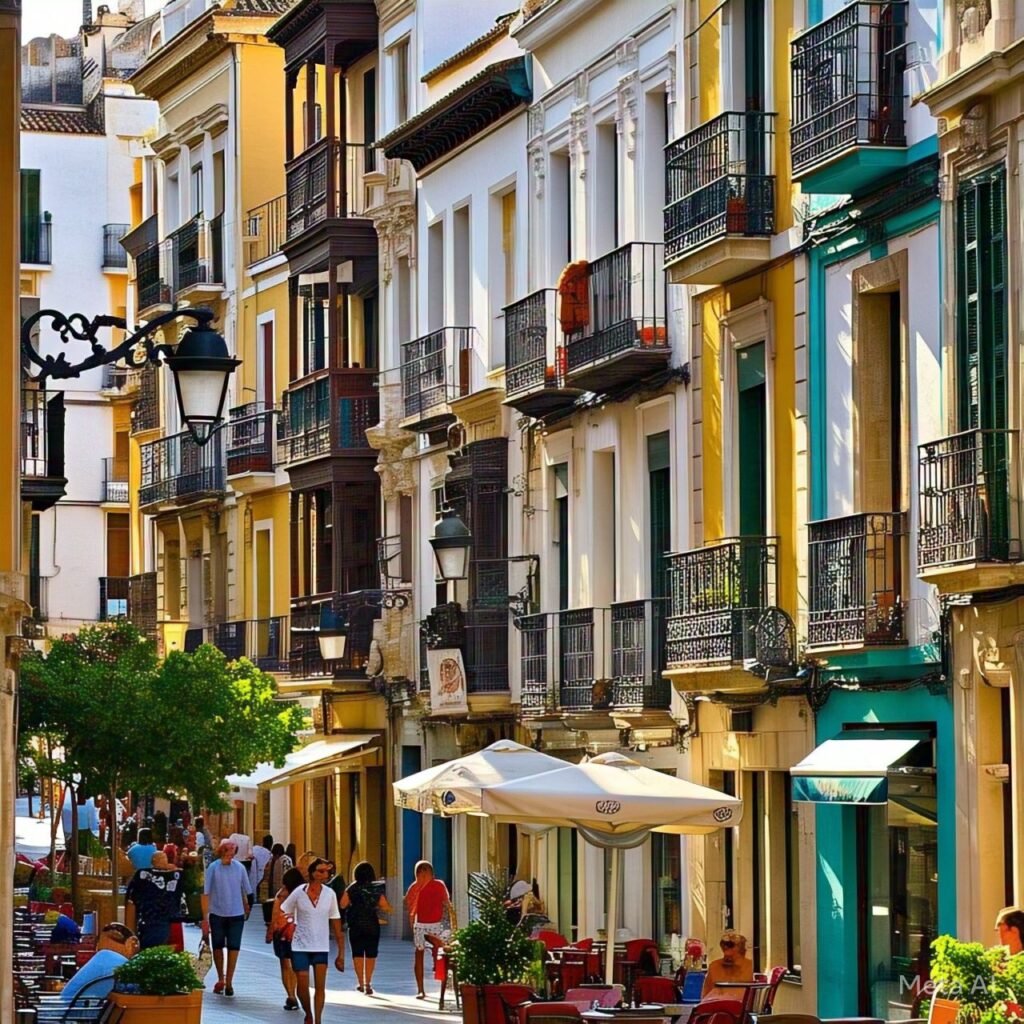
Sitges is a great and comfortable spot for the LGBTQ+ community to celebrate Valentine’s Day because it’s one of the gayest places in Europe. Huge parades, costumes, and crowds come on this beach town for one of Catalonia’s oldest carnivals, breaking its winter hibernation in the most colorful way possible. Events this year, however, begin later in February. The major LGBTQ+ pubs and clubs have their own celebrations all week long, and there are two major parades. The second one is scheduled for February 25, 2025, which is excellent for partying into Valentine’s Day proper.
Away from the festivities (which are almost unavoidable), there are a few excellent museums, including Cau Ferrat, restaurants with views of the sea, and a charming, but little, Old Town to explore. The beach is undoubtedly one of Sitges’ primary attractions, and although if it’s not one of the warmest destinations in Europe in February, you might be lucky enough to catch a few sunny days to extend your tan.
February’s top destinations in Europe
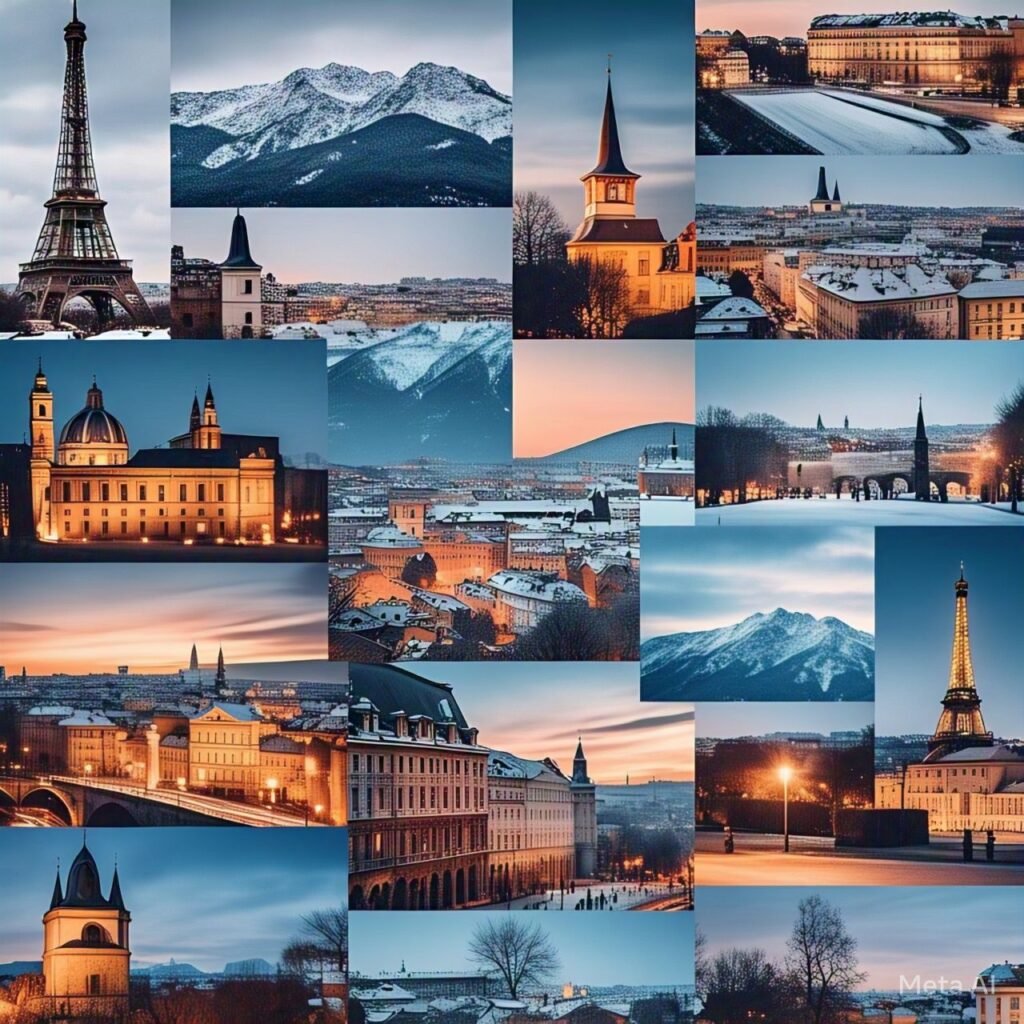
I’ve concentrated on locations with yearly events planned, a vibrant restaurant and bar scene (for those chilly evenings), and enough museums or cultural sites to keep you occupied in the event of rain while compiling my list of the top European cities in February. Think about Valletta (Malta), Lisbon (Portugal), or Chania (Crete, Greece) if you want reasonably priced food and drink with a higher probability of clear skies. But if you don’t mind the cold, have a look at these three cities in northern Europe.
Lithuania’s Vilnius

“The greenest city in the making” is Vilnius’s slogan as the 2025 EU Green Capital. However, if you visit in February, there’s a good chance you’ll find it glittering beneath a light layer of snow. Since the beginning of the month often sees temperatures around 0°C (32°F), you should bring your warmest winter clothing. The prize? An inexpensive, uncrowded, and off-season trip to Lithuania’s capital during the month of February, when the city hosts a number of cultural events.
Hearty Cepelinai potato dumplings, delectable mushroom soups (the country’s famed Pink Soup is cold, so it’s not the best option for winter), and an abundance of berry-infused drinks to keep you warm are some of my favorite Lithuanian dishes. To escape the cold outside, visit one of the many vast underground eateries. The SU-MENĖK art festival highlights the city’s creative scene throughout February, while craft beer enthusiasts can plan around the Zmogsala Beerfest on February 8, 2025. Visit Vilnius on February 16th to celebrate the State Restoration, one of the country’s Independence Days. There will be processions, a bonfire, and much more.
Belgium’s Brussels
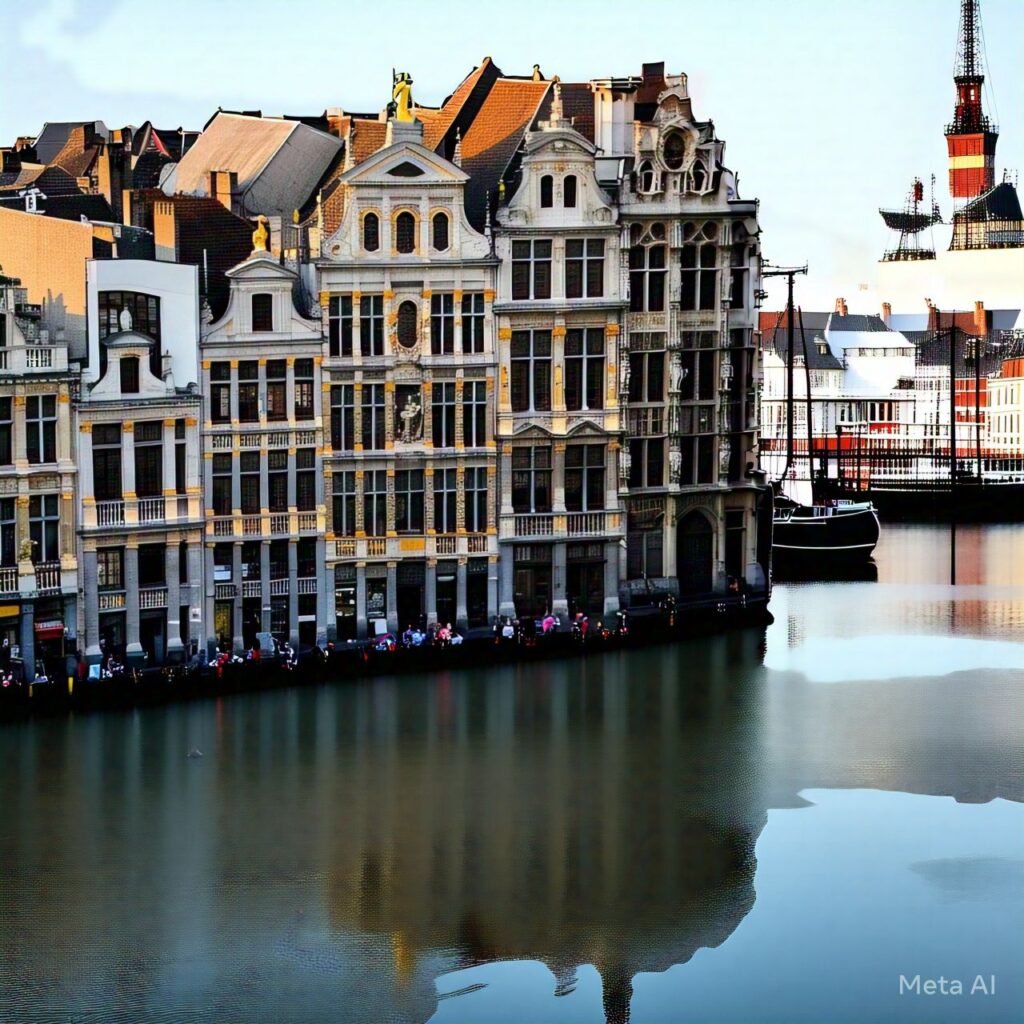
Extremely underappreciated, Brussels is anything not the antiseptic, bureaucratic Belgian city that many visitors anticipate. Almost every street in the nation’s capital offers delicious food from around the world; the country’s love of premium craft beers keeps the bars open even on chilly winter evenings; and the city’s array of renowned museums, galleries, and cultural institutions can occupy countless rainy days. Who doesn’t adore Belgian chocolate, anyway?
The Bright Festival of Lights, which takes place from February 13 to February 16, 2025, is an extra perk of traveling to this European city in February. Some of the city’s most notable monuments are magically illuminated with installations by local and international artists, bringing life to otherwise chilly evenings.
Denmark’s Copenhagen
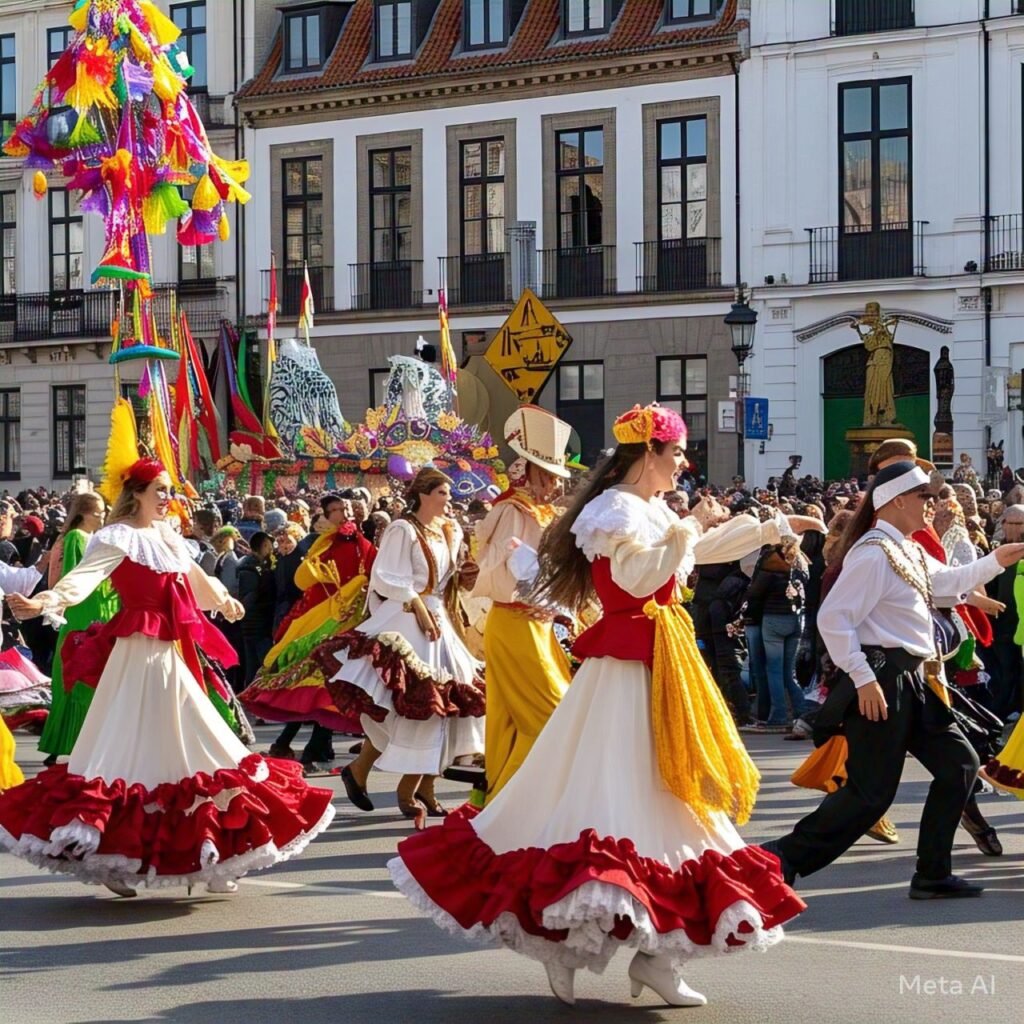
Chic The Vinterjazz festival, which takes place from January 30 to February 23, 2025, adds a unique touch to Copenhagen, making it one of the greatest European city breaks in February. Concerts can be enjoyed in a variety of settings for more than three weeks, from cool outdoor performances to state-of-the-art music halls. You should look over the calendar to purchase tickets in advance because there aren’t many free events.
You can still fit a lot into a two-day weekend trip to Copenhagen in addition to the jazz concerts. There are about fifty great museums that provide lots of relief from rainy days. Some of them, like the impressive SMK Art Museum, can easily take up half a day. The city’s few palaces and castles will wow you if you prefer sumptuous halls and royal history. Famous landmarks like the overrated Little Mermaid statues and the vibrant Nyhavn Canal from the 17th century complete any trip.
Of course, the fact that lodging costs are typically lower when traveling after Christmas and before the busy summer months is an additional benefit. Other ideas to save money in Denmark include getting the Copenhagen Card, using the Havnebussen instead of a canal trip, taking a free walking tour of the city (don’t forget to tip), and looking at hostels (there are many hip, private room options).
Warm winter sun places in Europe in February

My recommendations of the top warm European locations in January, such as the Algarve, Malta, and the Canary Islands, also hold true if you’re wondering where to go in February for sun. But February offers some more fantastic options, and the primary reason I’ve selected them is the enormous carnivals that will take place under (ideally) blue skies. Additionally, as even the warmest winter places in Europe cannot promise constant blue days, you will at least have these priceless cultural experiences to treasure if you are unfortunate enough to face some unanticipated bad weather.
Spain’s Andalucia (also known as Tenerife)
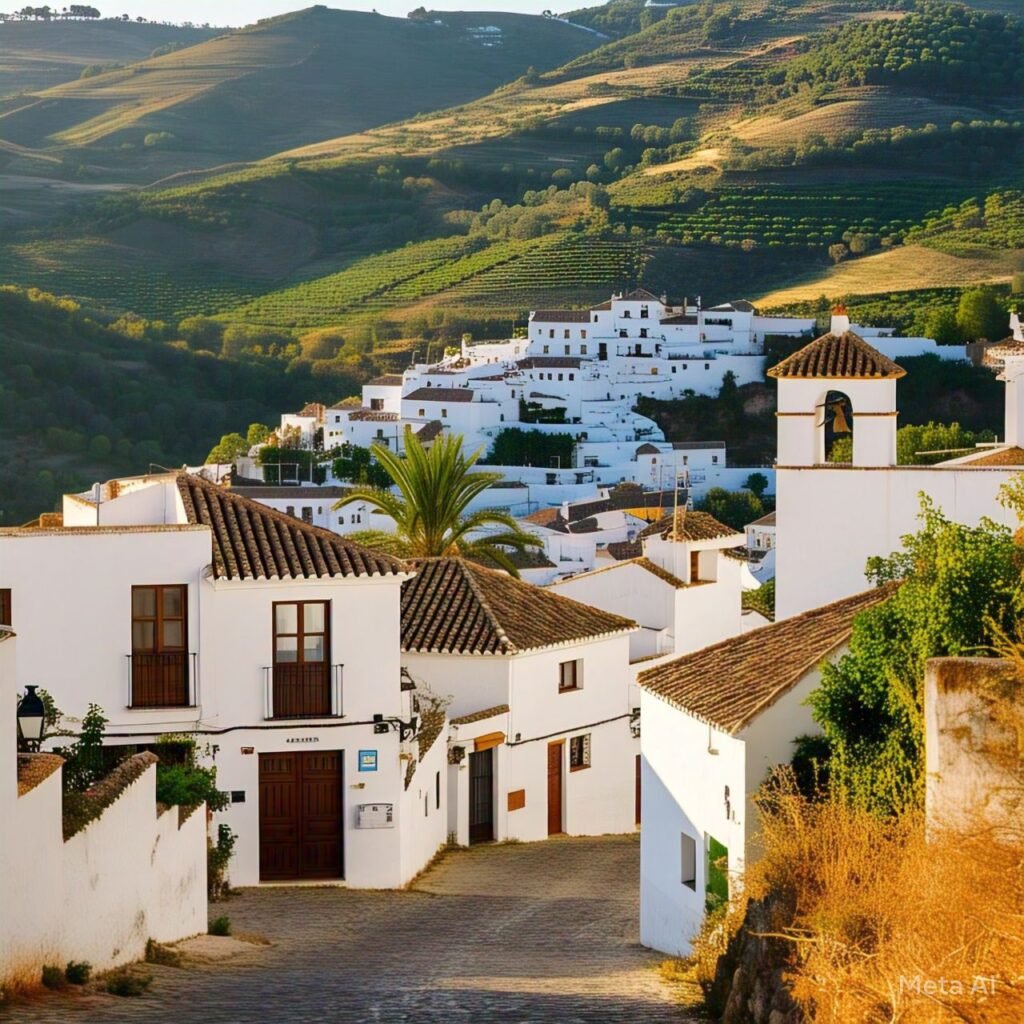
In February, temperatures in Seville frequently reach 17°C (62°F) during the day, making the southern Andalucia region of Spain one of the warmest winter destinations in mainland Europe. Although the occasional shower and cold evenings are to be expected, the amazing carnival events in the neighborhood are a great way to warm up at night.
There will probably be a party wherever you want to go in this fervent area. Among the most well-known celebrations are the massive and frequently comical street celebration known as Cadiz Carnival (February 27–March 9, 2025), which lasts for more than a week; the equally magnificent Málaga Carnival (February 22–March 2, 2025), which has been going on for hundreds of years; and the Carnaval Colombino in less-traveled Huelva. Since prices and crowds can be low near the coast, now is a fantastic time to arrange a road trip through Andalucia to experience the region’s tapas, flamenco, and Islamic architecture while stopping at the parties along the way.
However, you must travel to Tenerife, the largest of the Canary Islands, for the Carnival of Santa Cruz de Tenerife if you wish to take part in the largest February celebrations in Spain. Flamboyant in every manner, this fifteen-day celebration takes over the capital of the island, and it has the extra benefit of warmer temperatures because it is closer to the Sahara than Spain itself. Events this year begin in January and conclude on March 9, 2025.
Portugal’s Madeira

The autonomous Portuguese archipelago of Madeira has a spring climate that is nearly year-round, making it one of the warmest places in Europe in February. Although it is quite usual for daytime temperatures to be about 16°C (61°F), an umbrella and jacket are still recommended due to the occasional shower and cool evenings. You can discover all you need here, whether your February goals are to trek some of Portugal’s most breathtaking mountain paths above the clouds, swim in lava-formed natural lakes, or try to get some winter sun.
Be advised that most of Madeira’s beaches have pebbly or volcanic sands, in contrast to many of Europe’s top beach resorts. You must take the two-hour ferry to Porto Santo, Madeira’s younger sister, where a golden beach extends as far as the eye can see, if you want the more conventional golden sands right outside your door. Since there isn’t much off-season travel to this secondary island, the hotels that are open all year round frequently have excellent rates.
Like many other places on the list, Madeira’s February highlight, however, is the beginning of the island’s two-week-long carnival (February 26–March 9, 2025). Around the island, you can anticipate seeing a lot of colorful dancers and costumes with floral themes, all of which will be paired with the local Madeira wine or poncha, a traditional sugarcane rum beverage. The capital city of Funchal, however, hosts the most important festivities.
Cyprus

Despite being technically in Western Asia, Cyprus, a Mediterranean country, is regarded as one of the warmest destinations in Europe in February. With a moderate winter climate, with average highs of 15°C (59°F) and a mix of sunny and overcast days in February, it’s a reasonably safe option for some winter sun, if not a complete beach vacation.
There are some breathtaking coves, beaches, and shorelines spread out across this lovely island. In addition to having lovely, but rather chilly, golden sands and turquoise waters, the island offers a plethora of entertainment options in case of rainstorms. Cyprus’ top attractions range from the historic archaeological sites of Pahos, including the Tombs of the Kings, which date back to the fourth century BC, to the museums in Nicosia, which marks the country’s border.
The carnival in February offers even another alluring cause to travel to Cyprus. There will be festivities in many towns and villages starting in the middle of the month. Two of the largest are in Limassol (20 February–2 March 2025), which is known for its food, dancing, and general celebration, and Paphos, which culminates in a huge parade (dates TBC).
Germany’s Ore Mountains
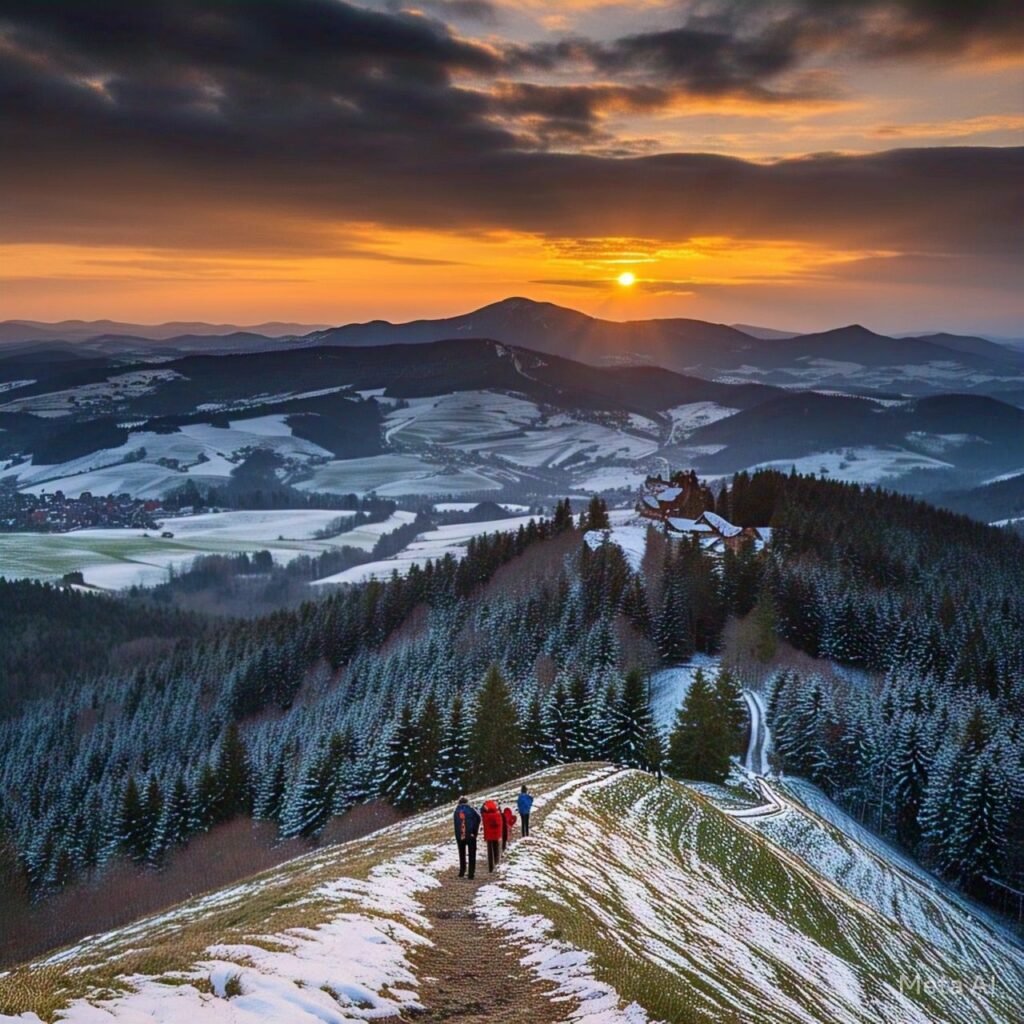
Christmas in Saxony lasts into early February, so don’t worry if you missed the joyous marketplaces in Germany in December. The massive markets in places like Dresden will be long gone, but for a few days leading up to February 2, 2025, you can still buy for Christmas ornaments, drink glühwein, and take part in customary activities if you travel to the snow-covered Ore Mountains (Erzgebirge in German) in Saxony. This date marks the region’s celebration of Lichtmess, also known as Candlemass. In the charming villages of Olbernhau and Zwönitzer, all lights, even those for Christmas, are turned off at precisely 6 p.m. as part of the “Lights Out” festival, leaving the town illuminated solely by a sea of people holding candles.
With almost all of the stores specializing in making stars, angels, decorations, candles, and traditional wooden toys all year long, Seiffen is essentially Santa’s Workshop in this East German region, which adores traditions. It’s particularly wonderful in December when historic mining customs come to life, but if you want a Christmas-like experience at a fraction of the cost, visit around the end of January and stay until February 2nd’s Lights Out. Even additional reasons to visit are provided by the fact that the city of Chemnitz and the Ore Mountains will be one of two European Capitals of Culture in 2025. To find out what’s happening, see the seasons’ events schedule before your trip.
Bosnia and Herzegovina’s Sarajevo
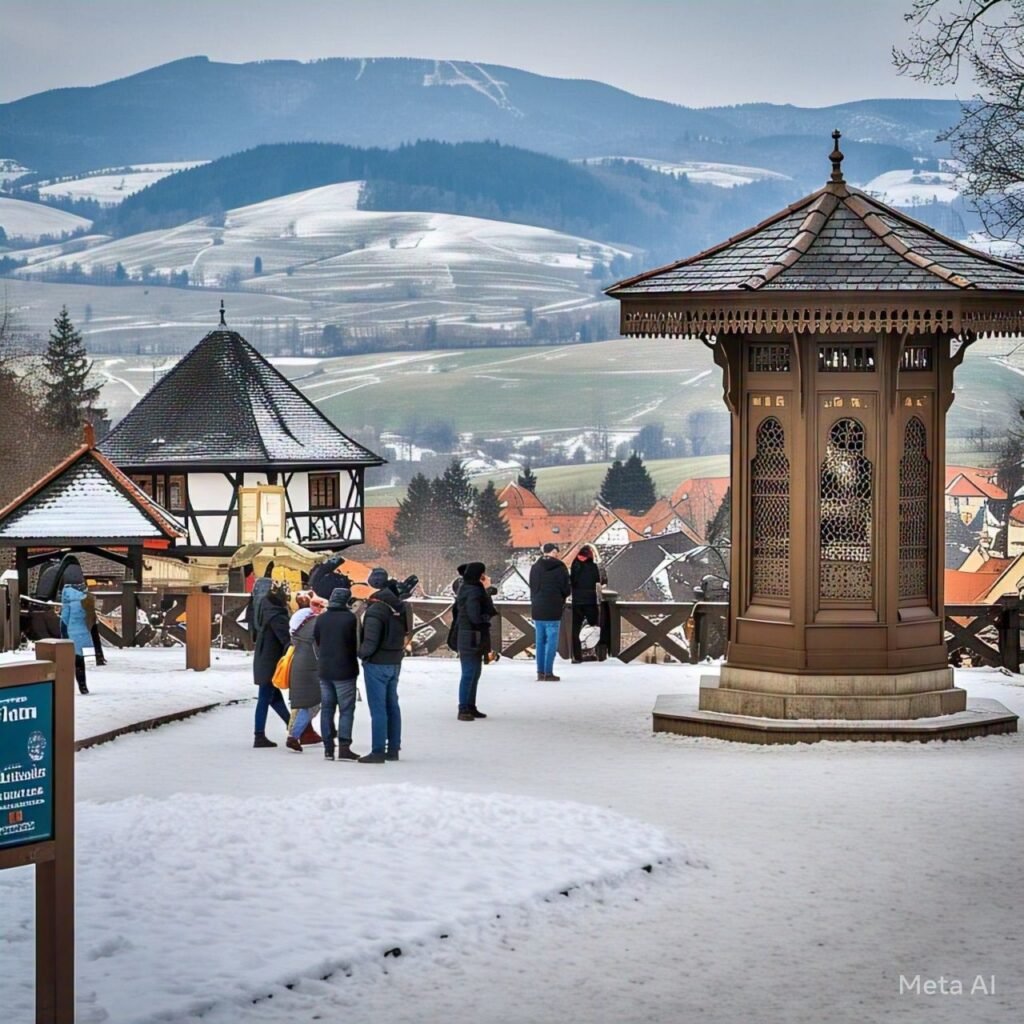
Sarajevo’s tourism, like that of many of Bosnia & Herzegovina’s most visited destinations, is frequently brought up in discussions about war. Modern Sarajevo is a fascinating blend of cultures, religions, and traditions, but it’s also a forward-thinking city with hip coffee shops, galleries, and celebrations. While the nation’s capital undoubtedly has terrifying tales to tell, I think it’s crucial that we visit cities not only for their past but also for their thriving future.
With a jam-packed schedule from early February to mid-March, the Sarajevo Winter Festival (beginning on February 7, 2025) is what makes it one of the top European towns to visit in February for an unusual getaway. One of Bosnia & Herzegovina’s yearly cultural highlights, the festival was originally started as part of their turn to host the winter games and features art exhibits, literary events, concerts, theater, and opera performances both in the city’s cultural institutions and in the neighboring Olympic Mountains. This February event is a great time to visit if you want to get a taste of the culture of this country, which many tourists overlook.
Beyond the scheduled activities, you can explore one of Europe’s most captivating cities. Spend some time at the Museum of Crimes Against Humanity and Genocide to learn about the nation’s recent and difficult-to-process past. Of course, you’ll want to learn more about the assassination of Archduke Franz Ferdinand, which led to the outbreak of World War One. Away from this gloomy past, however, discover the city’s architectural hodgepodge (Vijećnica (Town Hall) has magnificent mosques and Islamic-style accents), immerse yourself in the ever-expanding cafe culture, take in the views from the Yellow Fortress above, and lose yourself in the bazaar of Baščaršija. In the resorts outside of the city limits, you can even hit the slopes for a tenth of the cost of France.
England’s Durham
Why you arrange a UK staycation a little closer to home and travel to Durham during the half-term holidays if you’re thinking where to go in Europe in February without taking a plane? It’s one of my favorite places to visit in England because it’s packed with significant historical landmarks like Durham Castle and Cathedral, which both have a lot of Harry Potter vibes, as well as a respectable amount of energy and reasonably priced dining options because of the city’s large student population.
However, the annual Fire & Ice festival (February 28 and March 1, 2025) is the top two reasons to visit Durham in February. During this event, the city is decked up with interactive displays, frozen statues, and twilight flames that burn for a few days. Second, the magnificent outdoor Beamish Museum offers a special half-term program for children in February that explores historical periods in re-created houses and towns with actors and actual rattling trams.
If you’re up in Scotland and don’t want to cross the border, you might want to consider going to Aberdeen for the SPECTRA Festival of Light, which takes place from February 6 to 9, 2025. This event will light up Aberdeen’s stunning cobbled streets and contemporary areas, which are typically overlooked in Scotland.